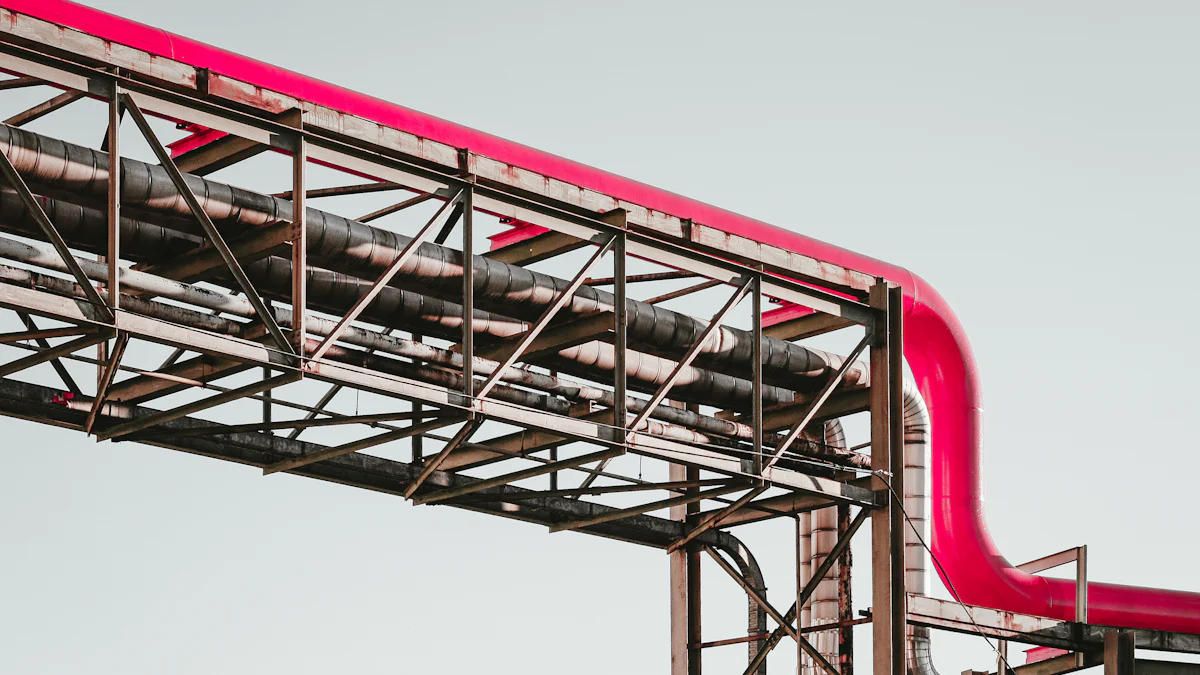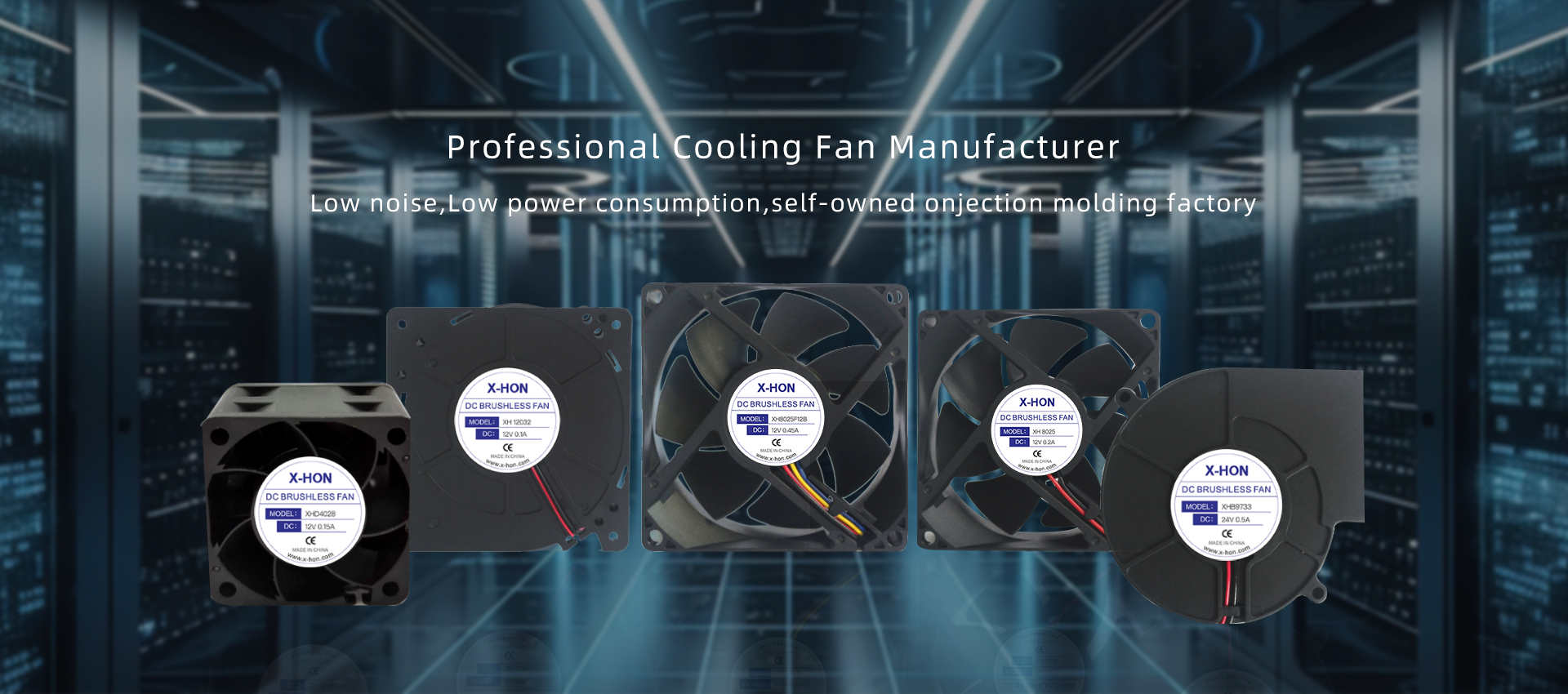What Makes Heat Exchangers Essential in Modern Systems?

Heat exchangers play a crucial role in transferring heat between different mediums. These devices find extensive use in industries like HVAC, chemical processing, and food and beverage. Heat exchangers enhance energy efficiency by up to 30% in industrial applications. The demand for these devices continues to grow due to their importance in energy-efficient solutions. In contemporary engineering, heat exchangers are indispensable for optimizing thermal processes. The International Copper Association reports that 90% of HVAC professionals consider heat exchangers essential for energy efficiency.
What Are Heat Exchangers?
Heat exchangers are devices that transfer heat between two or more fluids. These fluids can be gases, liquids, or a combination of both. A solid barrier often separates the fluids to prevent mixing while allowing heat transfer. Heat exchangers play a vital role in various industrial applications where efficient and cost-effective heat transfer is necessary.
How Do Heat Exchangers Work?
Basic Principles of Heat Transfer
Heat exchangers operate on the principle of heat transfer from a higher temperature fluid to a lower temperature fluid. This process occurs without the fluids coming into direct contact. The heat transfer happens through conduction, convection, or radiation. The efficiency of heat exchangers depends on the surface area available for heat transfer and the temperature difference between the fluids.
Components of Heat Exchangers
Heat exchangers consist of several key components. These include the heat transfer surface, such as plates or tubes, which facilitates the exchange of thermal energy. The housing or shell contains the fluids and directs their flow. Other components include baffles, fins, and seals that enhance heat transfer and prevent fluid leakage.
Types of Heat Exchangers
Several types of heat exchangers exist, each designed for specific applications:
Shell and Tube Heat Exchangers: These consist of a series of tubes enclosed within a shell. One fluid flows through the tubes, while another flows around them.
Plate Heat Exchangers: These use stacked plates to create channels for fluid flow. Plate heat exchangers are compact and efficient.
Air Cooled Heat Exchangers: These use air to cool the fluid, eliminating the need for water.
Why Are Heat Exchangers Important?
Energy Efficiency
Heat exchangers improve energy efficiency by recovering waste heat and reducing energy consumption. Efficient heat transfer minimizes the need for additional heating or cooling, leading to significant energy savings.
Cost-Effectiveness
The use of heat exchangers reduces operational costs by optimizing energy use. Lower energy consumption translates to reduced utility bills and operational expenses.
Environmental Impact
Heat exchangers contribute to environmental sustainability by minimizing energy waste and reducing greenhouse gas emissions. Efficient heat transfer processes help industries meet environmental regulations and reduce their carbon footprint.
What Are the Common Applications?
Industrial Uses
Heat exchangers are essential in industries such as chemical processing, petrochemical production, and power generation. These devices facilitate efficient heat transfer in processes like distillation, evaporation, and condensation.
Residential Applications
In residential settings, heat exchangers are used in HVAC systems to regulate indoor temperatures. These systems provide heating and cooling by transferring heat between indoor and outdoor environments.
Commercial Implementations
Commercial buildings utilize heat exchangers in refrigeration systems, air conditioning units, and water heating systems. These applications ensure comfortable and efficient climate control in commercial spaces.
What Are the Different Types of Heat Exchangers?

How Are Heat Exchangers Classified?
Based on Flow Arrangement
Heat exchangers can be classified by flow arrangement. The most common types include:
Parallel Flow: Both fluids move in the same direction.
Counterflow: Fluids move in opposite directions, maximizing heat transfer.
Crossflow: Fluids move perpendicular to each other.
Based on Construction
Construction methods also define heat exchangers:
Shell and Tube: Composed of tubes within a shell, suitable for high-pressure applications.
Plate: Consists of stacked plates, offering compact size and efficiency.
Air Cooled: Utilizes air for cooling, eliminating water requirements.
Based on Transfer Mechanism
Heat exchangers differ in transfer mechanisms:
Conduction: Heat moves through solid surfaces.
Convection: Heat transfers through fluid movement.
Radiation: Heat transfers through electromagnetic waves.
What Are the Advantages of Each Type?
Shell and Tube Heat Exchangers
Shell and tube heat exchangers offer durability and versatility. They handle high pressures and temperatures effectively. These exchangers suit industrial applications like power plants and refineries.
Plate Heat Exchangers
Plate heat exchangers provide high efficiency with a compact design. They offer a large surface area for heat transfer. These exchangers are ideal for food processing and HVAC systems. Plate heat exchangers are up to five times more efficient than shell-and-tube designs.
Air Cooled Heat Exchangers
Air cooled heat exchangers eliminate water usage. They provide an eco-friendly solution for cooling. These exchangers are perfect for remote locations where water is scarce.
How to Choose the Right Heat Exchanger?
Factors to Consider
Choosing the right heat exchanger involves considering several factors:
Temperature Range: Ensure compatibility with operating temperatures.
Pressure Levels: Match the pressure requirements of the system.
Fluid Properties: Consider viscosity and corrosiveness.
Application-Specific Requirements
Different applications demand specific heat exchangers:
Chemical Industry: Requires corrosion-resistant materials.
HVAC Systems: Needs compact and efficient designs.
Power Generation: Demands high-pressure capabilities.
Cost and Maintenance
Cost and maintenance play crucial roles in selection:
Initial Investment: Evaluate the upfront cost.
Operational Costs: Consider energy efficiency and savings.
Maintenance Needs: Assess ease of cleaning and repairs.
X-HON, a seasoned manufacturer of cooling fans, provides solutions across various industries. Products include DC brushless fans, AC fans, and more, ensuring effective ventilation and cooling.
How Do Heat Exchangers Impact Modern Systems?
What Role Do They Play in Energy Systems?
Renewable Energy Integration
Heat exchangers support renewable energy systems by optimizing thermal energy transfer. Solar power plants use heat exchangers to convert solar energy into electricity. Geothermal systems rely on them to transfer heat from the earth to buildings. This integration enhances energy efficiency and reduces reliance on fossil fuels.
Power Generation
Power plants utilize heat exchangers to improve efficiency. These devices transfer heat between steam and water in turbines. This process maximizes energy output and minimizes fuel consumption. Efficient heat transfer reduces emissions and supports sustainable energy production.
HVAC Systems
HVAC systems depend on heat exchangers for temperature regulation. These devices transfer heat between indoor and outdoor environments. This process ensures comfortable living conditions and reduces energy consumption. Efficient HVAC systems contribute to lower utility bills and environmental sustainability.
How Do They Enhance Industrial Processes?
Chemical Processing
Chemical industries use heat exchangers to control reaction temperatures. These devices ensure optimal conditions for chemical reactions. This control improves product quality and increases production efficiency. Heat exchangers also enhance safety by preventing overheating.
Food and Beverage Industry
The food and beverage industry relies on heat exchangers for pasteurization and sterilization. These processes require precise temperature control. Heat exchangers maintain consistent temperatures to ensure food safety. This consistency enhances product quality and extends shelf life.
Oil and Gas Sector
The oil and gas sector uses heat exchangers for refining and processing. These devices manage temperature changes during distillation and extraction. Efficient heat transfer reduces energy consumption and operational costs. This efficiency supports sustainable practices in the industry.
What Are the Future Trends in Heat Exchanger Technology?
Innovations in Design
Innovative designs focus on enhancing heat transfer efficiency. Compact and modular designs offer flexibility and space-saving solutions. These innovations cater to diverse industrial needs and improve performance.
Advances in Materials
Advancements in materials increase durability and efficiency. New alloys and composites withstand extreme temperatures and pressures. These materials reduce maintenance needs and extend the lifespan of heat exchangers.
Smart Heat Exchangers
Smart technology integrates sensors and automation in heat exchangers. These features enable real-time monitoring and control. Smart systems optimize performance and reduce energy waste. This technology aligns with the growing demand for energy-efficient solutions.

X-HON, a seasoned manufacturer of cooling fans, provides solutions across various industries. Products include DC brushless fans, AC fans, and more, ensuring effective ventilation and cooling.
Heat exchangers hold a pivotal role in modern systems by enhancing energy efficiency and sustainability. These devices significantly reduce energy consumption and carbon emissions, making them essential for eco-friendly operations. Industries benefit from the ability to repurpose waste heat, lowering operational costs and environmental impact. Future advancements promise even greater efficiency with innovations in design and materials. The adoption of smart technology will further optimize performance.
X-HON, a seasoned manufacturer of cooling fans, offers solutions across various industries, ensuring effective ventilation and cooling with products like DC brushless fans and AC fans.

See Also
Insight into Heat Exchangers: Functionality and Operation Explained
Exploring the Physics of Heat Release in Daily Activities
The Popularity of Axial Cooling Fans for Product Cooling
About US
X-HON
X- HON is a leading manufacturer of cooling fans,speciaizing in research, development, and production forover a decade. With a focus on quaity and inovation, we ofer arange of cooling solutions to global markets, ensuring superior performance and reliable service.
Address
Address1: HuaYuan Building, Xixiang Avenue, Bao'anDistrict, Shenzhen, Guangdong Province, china;
Address2: DaLingShan District, DongGuan,Guangdong Province, china
Contacts
frelin.jiang@x-hon.com
bella.cai@x-hon.com
+86 15626528321
To inquire about product specifications or to request custom fan designs,
please leave your email address.
Our dedicated service team will be in contact with you shortly.

